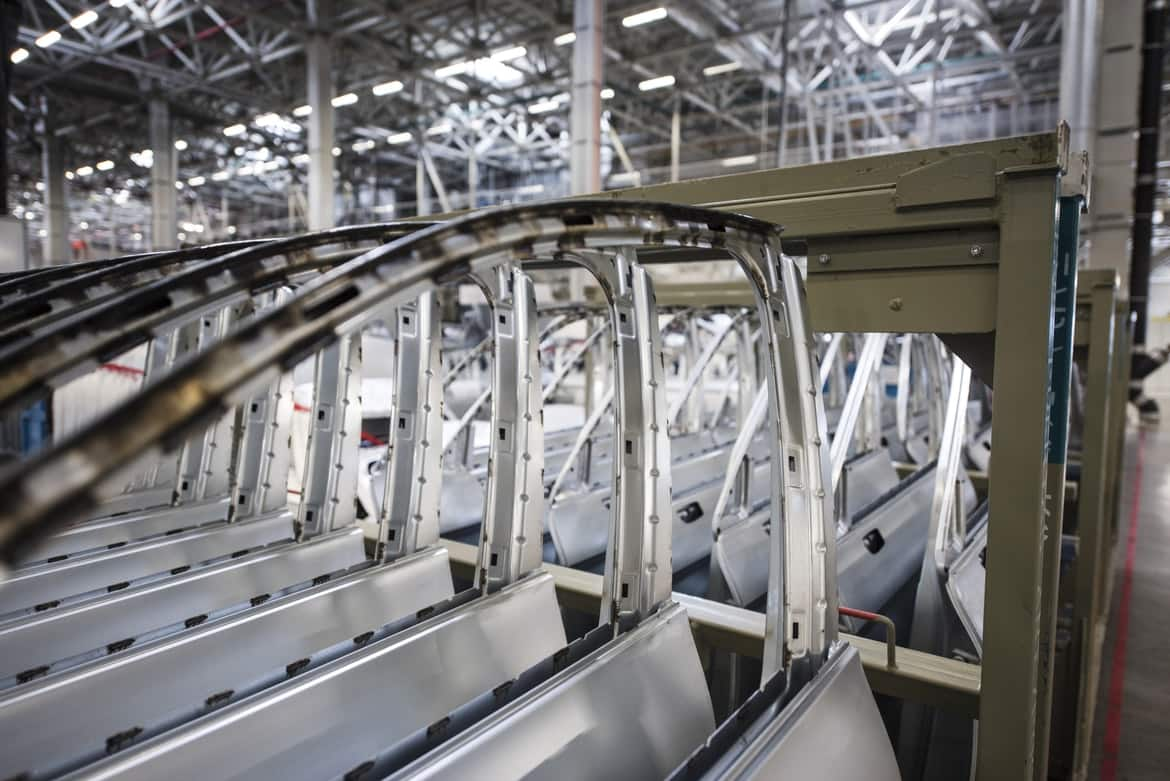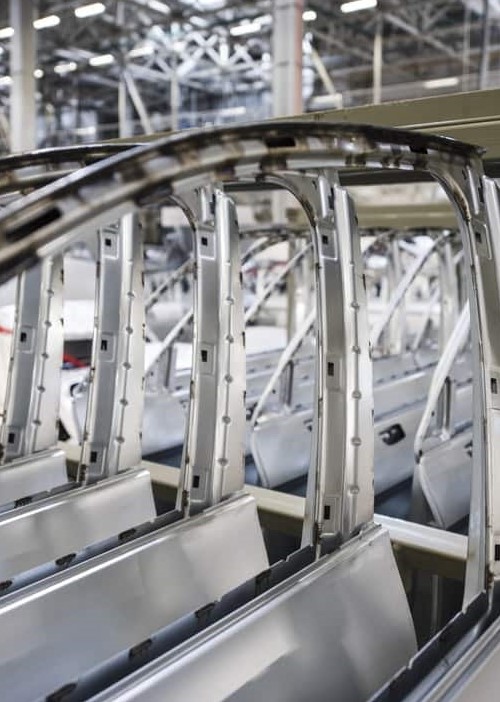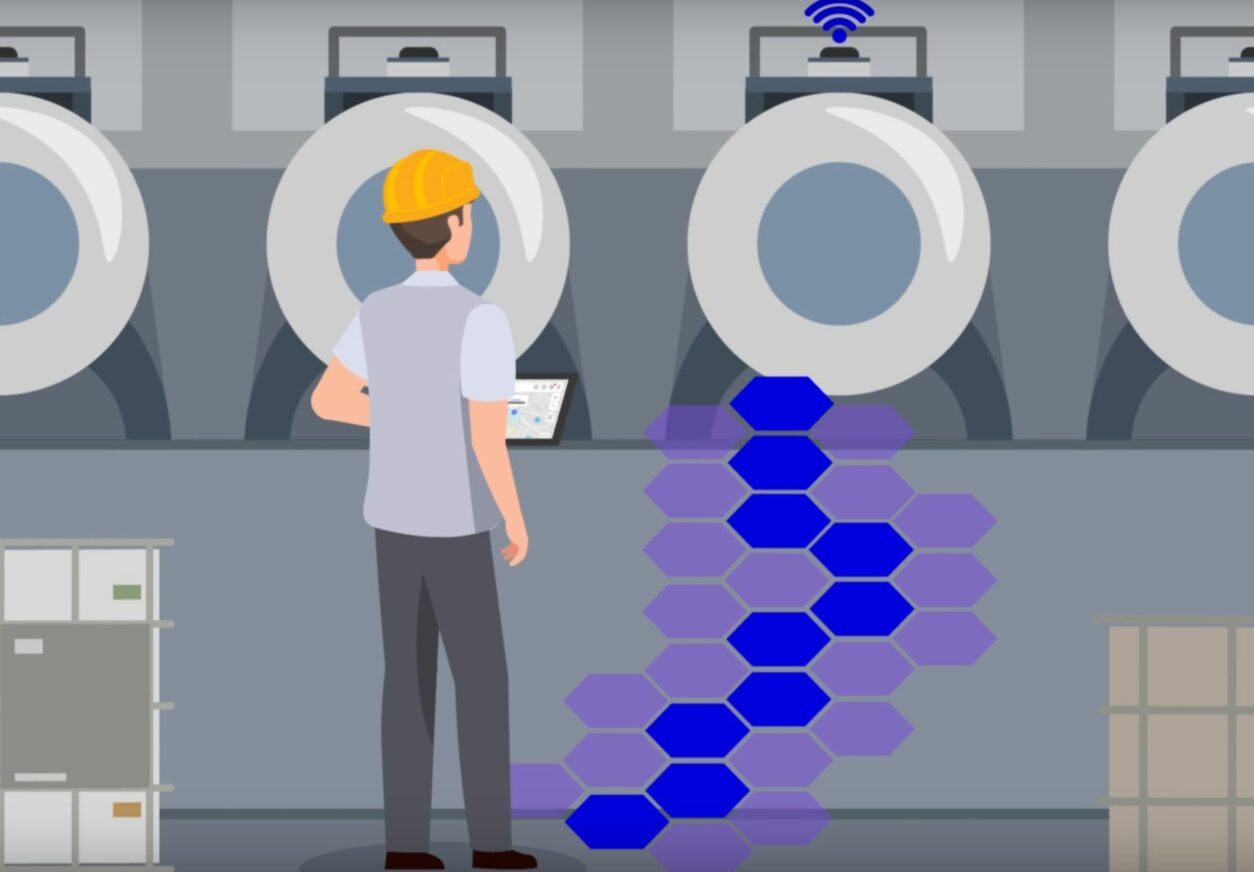The importance of traceability in the automotive industry
In the automotive industry, it is essential to define standards for all elements that enter the supply chain. Automotive parts, packaging and pallets must be harmonised between the various automotive players for optimal visibility of flows.
What is Galia ?
Galia was born in 1984 as a result of this need. The Groupement pour l’Amélioration des Liaisons dans l’Industrie Automobile is an association whose mission is to improve exchanges between partners in the automotive sector through the standardisation of product and information exchange methods.
Created at the initiative of Renault and PSA Peugeot Citroën, the association is chaired alternately by a representative of Renault and Stellantis. It currently has 250 members, including industrial companies, professional organisations and service companies.
Galia is active in the fields of logistics, engineering, B2B (Business to Business) and professional electronic exchanges.
Galia’s logistics committee
To optimise traceability, the Galia Logistics Committee has set up standards. Galia insists on their contribution to the efficiency and performance of the company that uses them. Indeed, the standardisation of identification favours international exchanges and thus allows interoperability between different partners.
Standardised means include durable or non-returnable packaging and identification labels.
In practice, representatives of various vehicle manufacturers and Galia project managers meet four times a year to discuss the challenges of logistics and traceability and to achieve the following objectives :
- To meet the needs in terms of standards,
- To support members in the implementation of the tools developed,
- To ensure liaison between the different organisations.
Traceability at Galia
Galia offers a traceability service for the elements circulating in the production flows. These elements are identified and monitored, notably through EDI or EDTi, respectively Electronic Data Interchange and Electronic Technical Data Interchange. This is the implementation of B2B exchange standards, which are carried out under the aegis of the Galia Logistics Committee.
An example: the Galia label
For example, the ETI9 label, or Galia label, is widely used in the automotive sector. It is the standard for labelling handling units and packaging units in the sector.
It includes the consignee, the sender, the net weight, the production date and various barcodes to be scanned for the batch, the open order number, etc.
There are also other types of labels. In the automotive sector, we often speak of RFID (Radio Frequency Identification). This technology makes it possible to know the characteristics of an item at distance, thanks to its identification and tracking. In practice, this is done using a radio frequency tag. Composed of a chip connected to an antenna, the tag is read by a reader which can then transmit the information. Galia has recently made its implementation a priority.
Written by Emma Guignard






